VIRUS VIGILANTE (INTRO)
By:
December 31, 2020
Thank you, Mark Frauenfelder, for commissioning this introduction — a version of which was first published by Boing Boing.
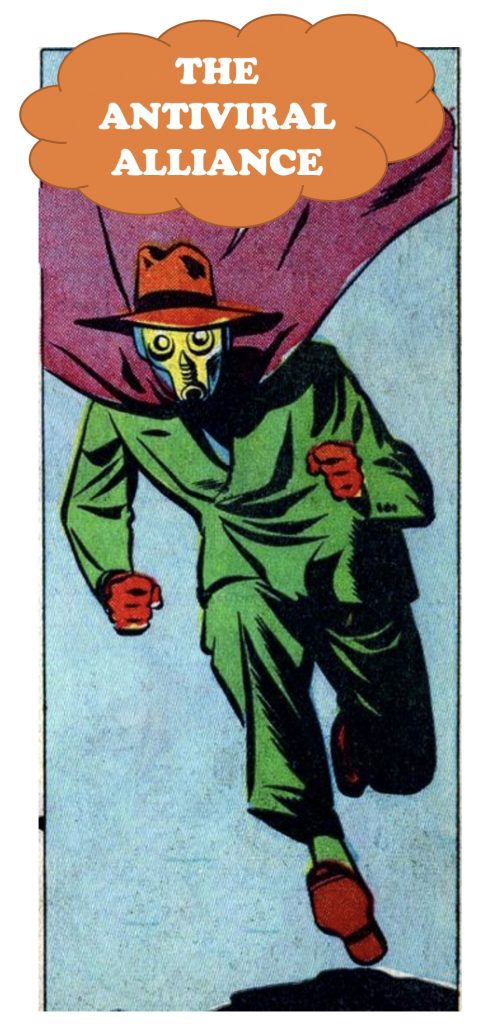
For those of us who grew up encountering Golden Age comic books — comics published between c. 1934–1953, that is — haphazardly, picking up a tattered issue here or there at flea markets and yard sales, the effort to discern how each of these random pieces might fit into some larger, coherent, meaningful whole was a head-scratching affair. With so many gaps in our data sets, and absent any sort of definitive guide, we were forced to engage in various forms of creative misprision, deciding for ourselves what it all might add up to. (The protagonist of Daniel Clowes’s graphic novel David Boring, who broods over Golden Age comics written and drawn by his missing father, is an avatar of precisely this sort of pop hermeneutics.) In that spirit, during the COVID-19 epidemic I’ve taken to brooding over the phenomenon of the very first costumed comic-book vigilantes who wore masks capable of preventing the spread of airborne viruses.
I know very little about Blazing Skull, Kinks Mason, Micro-Face, and most of these other characters who appeared — in comic books cranked out by a wide variety of short-lived publishers — in the years shortly before and after America joined WWII. I’ve seen individual panels, sometimes full pages, from comics in which they’ve appeared… but that’s about it. However, taking inspiration from the early 19th-century astronomers who discerned that there was an eighth planet in the solar system (Neptune), which couldn’t be directly perceived through even the finest telescopes, but whose existence would alone explain the strange deviations in Uranus’s orbit, I feel confident in announcing my discovery of a hitherto-unknown squad of comic-book vigilantes.
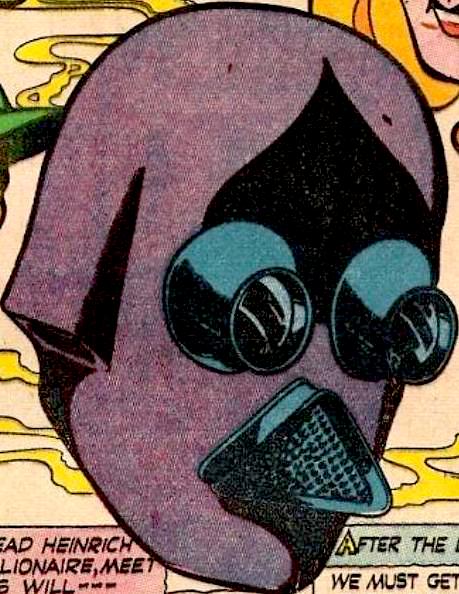
The original intercompany crossover “event,” preceding and no doubt inspiring the formation of the Justice Society (National Comics + All-American Publications) a year later, the 1939 teaming up of three properly masked heroes was — as far as I can tell — intended as a public service. The Clock (who first appeared in Funny Pages in 1936), Fantom of the Fair (Amazing Mystery Funnies, 1939), and Sandman (New York World’s Fair Comics, 1939) were each dedicated not only to fighting crime but preventing a pandemic. It makes perfect sense, then, that they’d join forces to become… the Antiviral Alliance!
Though no doubt mocked and scorned by fans of free-breathing early comic-book heroes like Superman, Batman, Namor, Zatara, and Blue Beetle, the three courageous, wise founders of the Antiviral Alliance knew that the great influenza pandemic of 1918-19 (often called the Spanish flu) had caused between 40 and 100 million deaths worldwide, far more than the deaths from combat casualties in WWI. From this debacle they had learned that the only reliable way to limit contagion during the early waves of a pandemic that has no vaccines or treatments is — along with social distancing and frequent hand washing — mask-wearing.
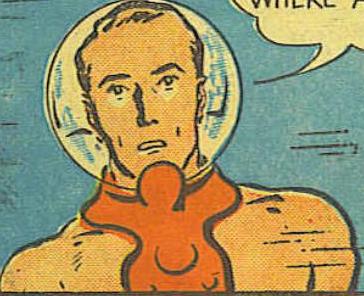
The Battles of Khalkhin Gol fought between Japan and the forces of Mongolia and the Soviet Union from May to September 1939, followed by the German invasion of Poland in September 1939, heralded the outbreak of a second world war. Although the US would not join the war until 1941, the Antiviral Alliance’s effort to prevent another deadly pandemic started in ’39. They fought the good fight through 1941, by the end of which year the original trio had been joined by 10 other virus vigilantes. The group’s membership was, as far as I know, constantly in flux; perhaps there were never more than six or seven members at any one time. Much more research needs to be done, here.
Like most super-groups since the Argo set sail in search of the Golden Fleece, theirs was no doubt an agonistic relationship at times. Were those members who wore a bank robber-style kerchief or scarf over their mouths and noses criticized by those who wore masks that more effectively filtered airborne particles? Was the Shadow, the oldest member of the group, one of these now-familiar guys who gripes that he can’t breathe unless his nose is allowed to poke out? We can only speculate, but based on what evidence we do have — Sandman, the group’s first leader and most extremely masked member, would depart for the Justice Society in 1940, and the Shadow would take over his role; Lady Luck divided her time between the sausage-party AA and her own, all-female Lady Luck Patrol; the Shadow departed the group shortly before Pearl Harbor, ceding the leadership spot to the Vigilante… who quickly departed for the Seven Soldiers of Victory — there does indeed appear to have been some internecine strife at AA’s NYC HQ.
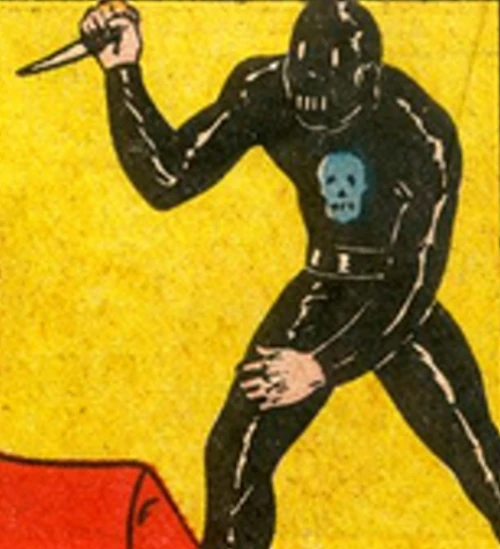
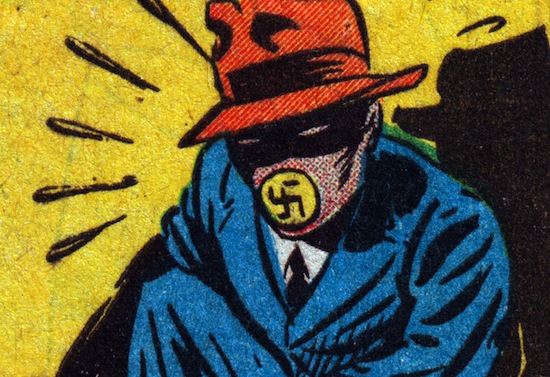
Did the AA have fully masked foes? I’m aware of at least two, shown above: Black Death, who appeared briefly in late 1940, and this other guy. If readers are aware of other AA-worthy heroes or villains from this era, please do let me know.
Not long after America entered the war in December ’41, the Antiviral Alliance more or less disbanded. Did its members enlist in the military? Or, perhaps, might the patriotic fervor that gripped the nation after Pearl Harbor have made it untenable to promote proper mask-wearing — that is to say, was doing one’s part to prevent the spread of infectious disease politicized by the ignorant America-firsters of the era? Was the ultra-patriotic Justice Society formed specifically to subvert and overshadow the AA? Like so much else about this first-of-its-kind team, we may never know.
Please enjoy the series VIRUS VIGILANTE, published at HILOBROW during the dark days of 4Q2020.
PRE-COMICS: THE MOON MAN (1933). ORIGINAL TRIO (joined forces in 1939): THE CLOCK | SANDMAN | FANTOM OF THE FAIR. AND THEN THERE WERE SEVEN (joined 1940): THE SHADOW | LADY LUCK | THE LAUGHING MASK | KINKS MASON. SECOND-WAVE SIX (joined 1941): BLAZING SKULL | THE CHALLENGER | THE THUNDERER | DOCTOR NEMESIS | HUMAN BOMB | THE VIGILANTE. LATE TO THE PARTY (joined post-1941): MICRO-FACE | THE DESERT EAGLE.
PS: Thank you, Jess Nevins, for creating this Character List for the Encyclopedia of Golden Age Superheroes, a valuable resource for this project. Nevins’s encyclopedia contains entries on the more than 2000 superheroes, private eyes, cowboys, pilots, and adventure heroes who appeared in comics during the Golden Age of superhero comics. Another helpful resource: Public Domain Super Heroes.
SIMILAR HILOBROW SERIES: MEET THE L.I.S. | 4CP FRIDAY — themed comic-book detail galleries | CHESS MATCH — a gallery | COMICALLY VINTAGE | DC — THE NEW 52 | FILE X — a gallery | KIRB YOUR ENTHUSIASM — 25 writers on 25 Jack Kirby panels | SECRET PANEL —Silver Age comics’ double entendres | SKRULLICISM
